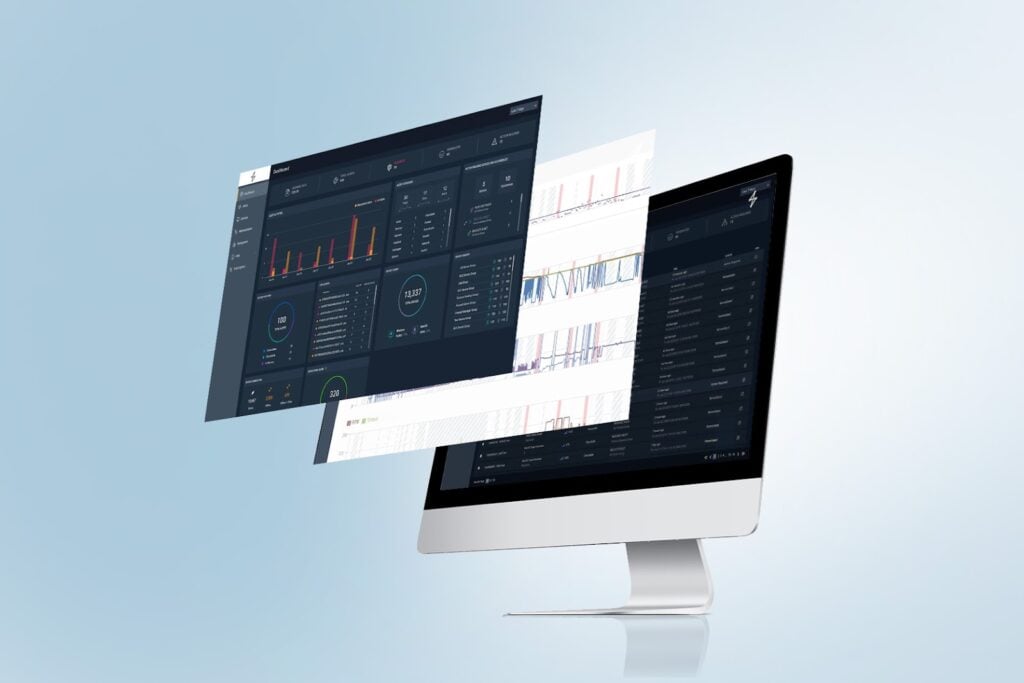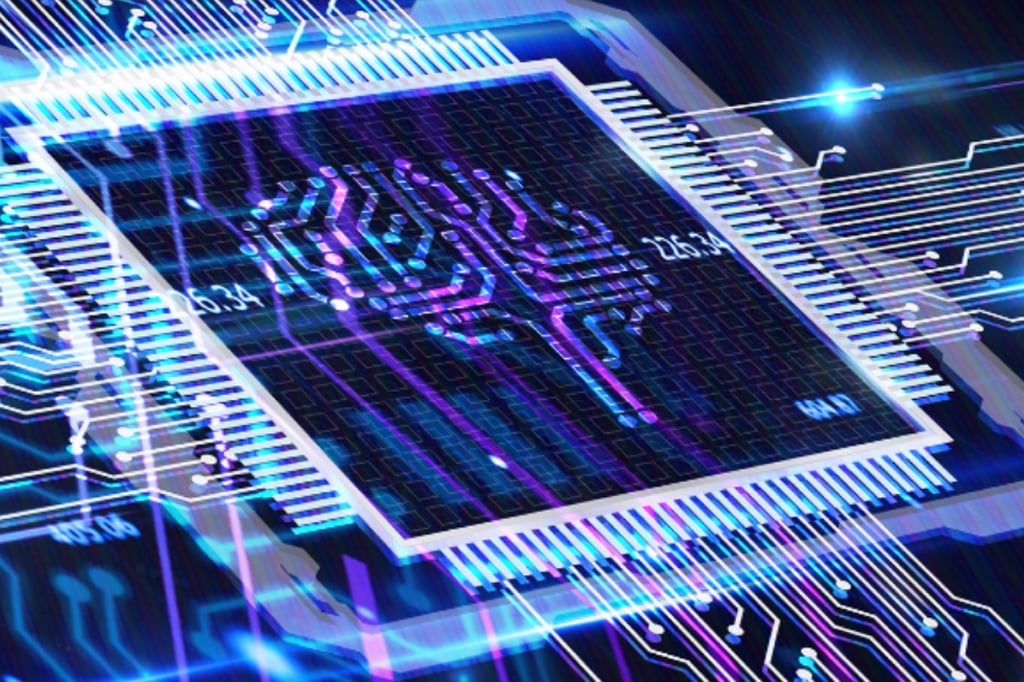The Colonial Pipeline attack, orchestrated by a criminal organization called DarkSide, dominated the news in May of 2021. This attack, which began with the encryption of key business assets, was quickly followed by a ransom demand, leading Colonial Pipeline to shut down the largest fuel pipeline in the U.S. for 11 days. As a result, gasoline prices hit their highest levels in seven years, gas stations were depleted due to panic buying, some air carriers faced a jet fuel shortage, and several states declared a state of emergency. This attack demonstrated the critical importance of protecting operational technology (OT) assets from cyberthreats in addition to protecting traditional IT assets.
The evolving threat landscape
Large-scale attacks like Colonial Pipeline, JBS Foods, and CNA Financial don’t fully represent the true extent of the exponential growth of ransomware attacks. While many victims report ransomware attacks, there are countless corporations that quietly pay the ransom without notifying authorities. If a ransomware attack can manipulate global gas prices, deplete vital resources, and trigger a state of emergency, imagine how it can disrupt SMB and enterprise organizations.
According to a recent Tech Monitor article, “Bigger and more business-savvy: How ransomware will evolve in 2022,” ransomware groups are turning their focus away from critical infrastructure and narrowing in on vulnerable corporations. With more automated attacks, corporate knowledge staffing, and tactics to help them stay out of law enforcement’s sights, cybercriminals are preparing for your company’s worst day.
Heading into 2022, the threat posed by ransomware is expected to get worse—not better. According to Fintech News (see Figure 1), the average ransomware payment in 2020 increased by a third compared to 2019, up to $111,605. Boston-based cybersecurity firm Recorded Future cites more than 65,000 ransomware attacks in the U.S. in 2020. On average, that’s more than seven incidents per hour.
Why AI for cybersecurity?
With 24/7 IT, security, and risk coverage and antivirus software, are you protected against cyberattacks launching every 39 seconds? Augment your traditional protection with the power of artificial intelligence (AI).
Built on proven AI and machine learning models, rather than rules, heuristics, and specific signatures, DeepArmor’s AI-powered next-generation endpoint protection:
- Protects against zero-day threats, including ransomware, malware, and viruses
- Delivers online and offline protection without the need for frequent signature updates
- Supports and protects legacy operating systems
- Manages multiple devices
By incorporating AI and machine learning into your cyber protection, you are also able to:
- Close the protection gap
- Machine learning algorithms protect from the 400M+ new malware variants discovered each year. Our cognitive endpoint protection delivers greater protection compared to signature-based anti-malware solutions—especially when dealing with zero-day attacks.
- Optimize the power of AI for cybersecurity
- DeepArmor’s next-generation endpoint protection brings AI to your organization, allowing you to operate and protect at a scale where humans can’t.
- Protect your assets from the human factor
- The majority of cyberattacks originate from the human factor. Phishing emails are more sophisticated making employees the weak point of defense. DeepArmor adds a layer of defense even when your users make incorrect decisions.
Your organization is at constant risk of being compromised, ransomed, or shut down. You need an AI-powered solution that defends 24 hours a day, seven days a week, online, and offline. Add a cognitive layer to your defense, and arm yourself with SparkCognition DeepArmor®, now available in the LenovoPRO Small Business Store. *Get 30% in a limited-time promotion if you log in or join as a LenovoPRO Small Business Store member at no cost.
















